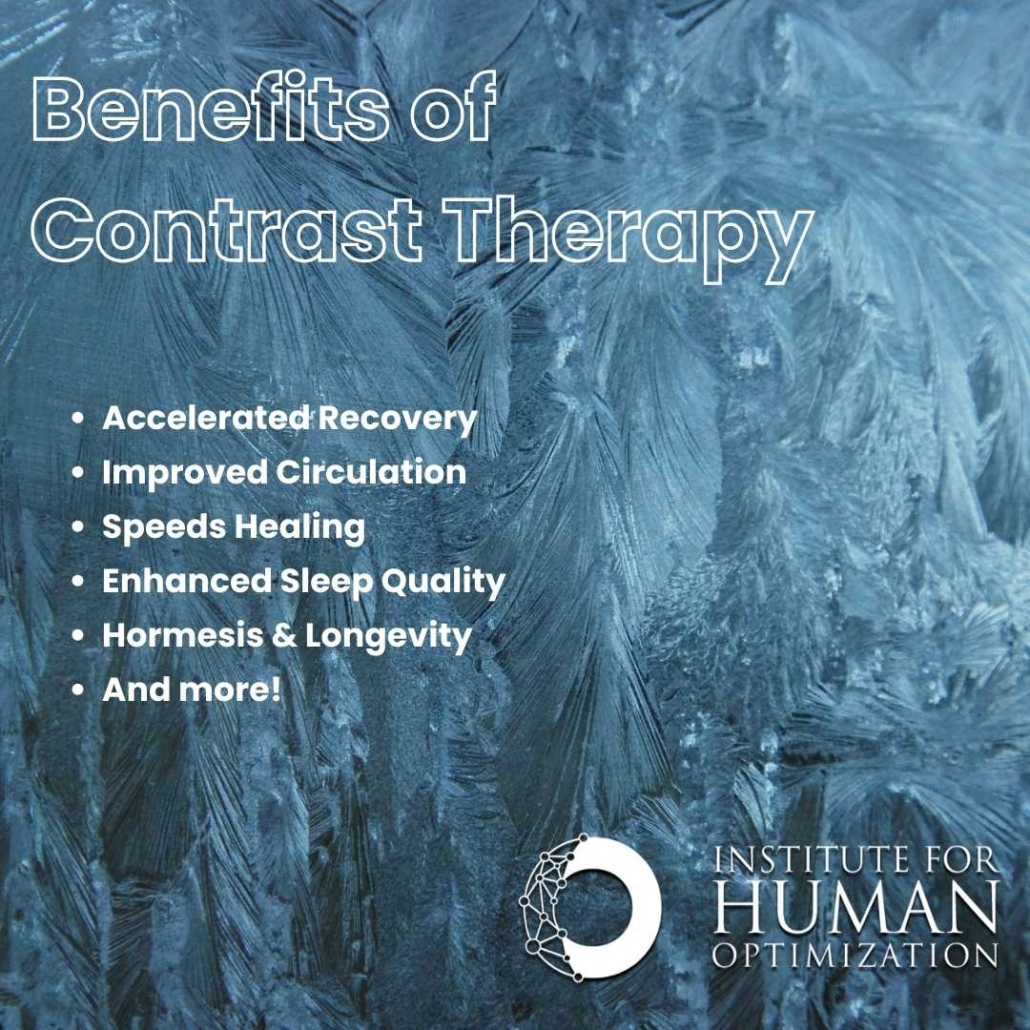Longevity Biohacks for the New Year
The start of a new year often brings reflection on our habits and aspirations for a healthier, more fulfilling life. This time around, why not go beyond the usual resolutions and explore practical hacks to optimize your longevity? By making simple yet effective changes, you can not only improve your overall health but also support a lifestyle that empowers you to thrive.
Curious about where to begin? This guide breaks down the noise around biohacking, provides expert-backed strategies, and introduces key longevity tips to help you make 2024 your healthiest year yet.
Setting Meaningful New Year’s Goals
When the calendar flips to a new year, many of us resolve to eat cleaner, exercise more, or get better sleep—all fantastic goals. But how often do these resolutions stick? Research shows that 80% of resolutions fail by February. Why? Often, it’s because they’re reactive rather than intentional and lack a sustainable plan.
Instead of vague promises, focus on strategic, actionable goals that align with your long-term vision. What does living longer, healthier, and fuller truly look like to you? Longevity is not the absence of aging—it’s about optimizing your mind, body, and vitality to lead a quality life.
Here’s how to set goals that support longevity:
- Adopt a proactive health mindset by focusing on prevention rather than cure.
- Break your goals into specific actions, like increasing steps daily or consuming X grams of protein for better muscle maintenance.
- Track small wins to keep momentum and motivation alive.
By defining your “why” and creating a roadmap, you’ll be better equipped to incorporate longevity biohacks into your lifestyle.
Cutting Through the Noise Around Longevity Biohacks
The term biohacking often sparks intrigue—and skepticism. Flooded with buzzwords and options, many wonder what it really entails. At its core, biohacking is about taking control of your biology using science-backed strategies to enhance your health and performance.
Unfortunately, the allure of quick fixes has led to misinformation, flashy products, and impractical gimmicks. This noise can cloud your ability to make informed choices.
To help you cut through the clutter, here are three myths about biohacking you should ignore:
- Myth: All longevity biohacks require expensive gadgets or supplements.
Truth: Many effective longevity biohacks rely on simple lifestyle changes, such as improving sleep hygiene or improving eating practices.
- Myth: Longevity Biohacks are only for tech fanatics and fringe groups.
Truth: Optimizing your health is for everyone—it’s about empowerment and personalizing your approach to health.
- Myth: One-size-fits-all solutions exist.
Truth: What works for others may not work for you. Biohacks thrive on customization.
The Institute for Human Optimization, led by Dr. Anil Bajnath, highlights the importance of evidence-based, personalized interventions. These approaches ensure that biohacks support your unique biology and health goals, rather than relying on fads.
Longevity Biohacks to Optimize Your Health in the New Year
Want to start improving your vitality today? Below are expert-approved longevity strategies that target key areas of wellness, from diet to sleep.
1. Prioritize Sleep to Regenerate and Refresh
Quality sleep is the foundation of peak health. Studies show that poor sleep impacts everything from your ability to focus to your immune system and even risk of chronic conditions.
Tips to improve your sleep:
- Stick to a consistent sleep routine, going to bed and waking up at the same time daily.
- Minimize blue light exposure from devices at least an hour before sleep.
- Exercise helps regulate sleep patterns, but avoid vigorous activity close to bedtime.
2. Fuel Your Body with Clean Eating
“Diet is a huge lever for health and longevity” Dr. Bajnath explains. Instead of falling for fad diets, focus on implementing science-backed principles of longevity nutrition. Eating a balanced diet rich in fruits, vegetables, healthy fats and proteins can boost your immune system and energy levels, while reducing inflammation. Tips:
- Focus on meals that incorporate plant-based foods as the base.
- Reduce processed food intake and opt for whole-food choices.
- Drink plenty of water throughout the day to stay hydrated.
- Learn your biomarkers: Personalized data can guide dietary interventions, including blood sugar control and anti-inflammatory foods.
3. Move More for Brain Health and Longevity
Physical exercise not only supports weight management but also strengthens both mind and body. A review of over 50 studies shows that active individuals experience fewer cognitive declines as they age. Tips:
- Find activities you enjoy to make exercise a fun part of your routine.
- Even small bouts of movement can have positive impacts, such as taking the stairs instead of the elevator or going for short walks throughout the day.
4. Make Time for Mindfulness
Stress has become an accepted part of modern life, but it takes a toll on our well-being and speeds up aging. Tips:
- Incorporate mindfulness practices like meditation or deep breathing exercises into your daily routine to reduce stress levels.
- Engage in activities that bring you joy and promote relaxation, such as reading, painting, or spending time in nature.
5. Move Every Day—Smartly
Exercise doesn’t have to be punitive, but consistency is key. Aim to weave movement into everyday activities to enhance cardiovascular health, muscle strength, and overall function as you age.
Strength goals to work toward:
- Incorporate strength training at least twice a week to preserve muscle mass.
- Don’t forget NEAT (Non-Exercise Activity Thermogenesis): walk instead of drive and take more stairs—they all add up.
- Yoga or Pilates can serve as a great balance of flexibility and low-impact workout
6. Build a Thriving Community
Longevity thrives in connection. Studies confirm that individuals with strong social bonds often live longer, happier lives.
How to build your wellness network:
- Join local or online community groups.
- Attend webinars or workshops on longevity.
- Share your progress and exchange ideas with like-minded individuals.
Your community can serve as accountability partners, making habit-building feel less isolating and more enjoyable.
Utilizing Cutting-Edge Health Optimization Techniques
While foundational habits are key, technological advancements now offer ways to dig deeper into health optimization and longevity biohacks.
Biohacks to consider:
- Wearables: Tools like Oura Ring measure sleep, recovery, and fitness metrics.
- Cold and Heat Therapy: Explore cryotherapy or sauna sessions for cellular rejuvenation and detox benefits.
- Genomic Testing and Analysis: Gain insights into your DNA to tailor your fitness, diet, and supplement strategies.
The team at the Institute for Human Optimization emphasizes that merging data-driven technology with foundational health practices creates a synergy that drives long-lasting results.
Take Control of Your Longevity Journey
Living longer and healthier starts with small, intentional changes. By focusing on evidence-based biohacks and aligning them with your goals, you can pave the way for a vibrant, energized future.
The Institute for Human Optimization, led by Anil Bajnath, MD is here to assist with personalized interventions suitable for your unique health profile. Whether you’re looking to refine your nutrition, implement stress management protocols, or access data about your body, our team can empower you to take actionable steps.
Are you ready to start your longevity transformation? Get in touch with the Institute for Human Optimization and explore the possibilities of optimized health today!




